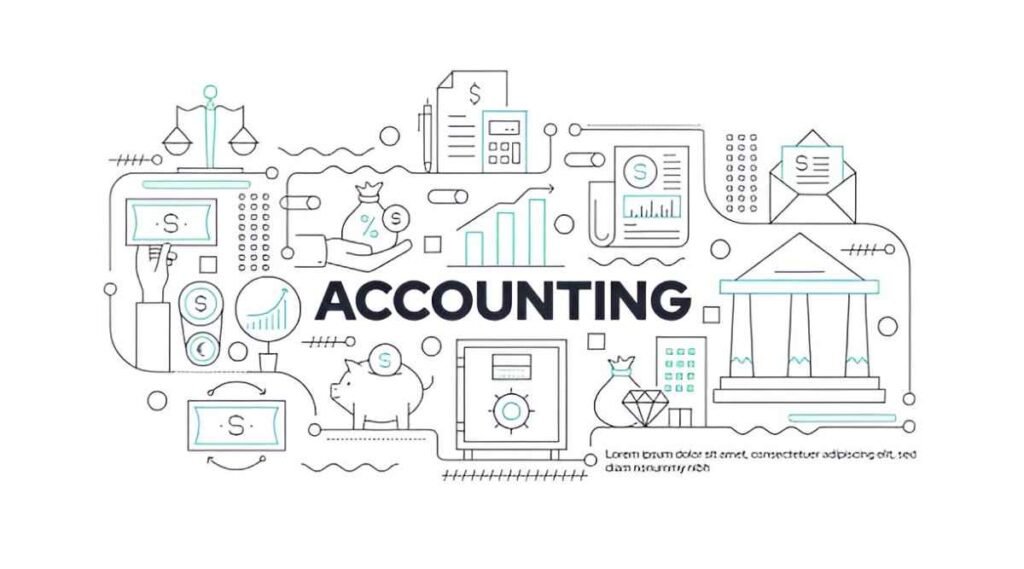Introduction
I often encounter confusion around the term primage in trade and finance. Many assume it’s just another fee, but its implications run deeper. Primage refers to a supplementary charge levied on top of freight costs, traditionally paid to the ship’s master or crew as a gratuity. Over time, it evolved into a formal trade practice, influencing pricing structures in global commerce. In this article, I dissect primage—its origins, calculation methods, and modern relevance—while comparing it to similar charges like demurrage and freight premiums.
Table of Contents
The Historical Roots of Primage
Primage dates back to maritime trade in the 18th and 19th centuries. Ship captains and crews received small bonuses (primage) from merchants for careful handling of cargo. These payments were informal but became institutionalized as trade volumes grew. By the 20th century, shipping lines formalized primage as a fixed percentage of freight costs.
Key Historical Milestones
- Pre-Industrial Era: Gratuity-based, discretionary payments.
- Early 20th Century: Standardized as 10% of base freight (common in British trade).
- Modern Context: Often absorbed into freight all-in rates but persists in niche markets.
How Primage Works: A Mathematical Perspective
Primage is typically calculated as a percentage of the base freight charge. If F represents freight cost and p the primage rate, the total payable (T) is:
T = F + (F \times p)Example: A shipment with a freight cost of \$5,000 and a primage rate of 5% yields:
T = 5000 + (5000 \times 0.05) = \$5,250Comparative Table: Primage vs. Other Surcharges
| Charge Type | Purpose | Calculation Basis | Who Pays? |
|---|---|---|---|
| Primage | Historical gratuity, now a fee | Percentage of freight | Shipper/Consignee |
| Demurrage | Penalty for delayed container return | Daily rate after free period | Importer/Exporter |
| Bunker Adjustment | Fuel cost fluctuations | Fuel price index | Shipper/Line decides |
The Legal and Economic Angle
In the U.S., primage lacks uniform regulation. The Federal Maritime Commission (FMC) oversees freight practices but doesn’t mandate primage disclosure. This opacity can lead to disputes, especially when hidden in all-inclusive freight quotes.
Case Study: U.S. Importers and Hidden Costs
A 2021 National Industrial Transportation League report found that 34% of U.S. importers faced unexpected charges due to unclear primage clauses. For example, a Texas-based machinery importer incurred an additional \$12,000 in fees after assuming a quoted rate was all-inclusive.
Primage in Modern Contracts
Today, primage appears less as a standalone charge and more as a bundled cost. However, certain industries—like bulk commodities—still itemize it. Here’s how it integrates into contracts:
- Explicit Primage: Listed separately (e.g., “Freight: \$10,000 + 5% primage”).
- Implicit Primage: Embedded in the total freight cost.
Negotiation Tip: Always request a breakdown to avoid surprises.
Calculating Primage: Advanced Scenarios
Multi-Leg Shipments
For shipments involving multiple carriers, primage may apply per leg. If Leg 1 freight is F_1 and Leg 2 is F_2, with primage rate p:
T = (F_1 + F_2) + p \times (F_1 + F_2)Discounted Primage
Some carriers offer volume discounts. If the primage rate reduces by 1% for shipments above \$50,000, the adjusted rate p' becomes:
p' = p - 0.01Tax and Accounting Implications
Under U.S. GAAP, primage is treated as a freight expense and is tax-deductible. However, proper documentation is critical. The IRS requires:
- Itemized invoices showing primage separately.
- Proof of payment tied to a specific shipment.
Audit Risk: Non-compliance may trigger IRS scrutiny under Section 162 (trade expense deductions).
Global Perspectives on Primage
While the U.S. treats primage as a cost, other regions regulate it differently:
- EU: Often includes primage in VAT calculations.
- Asia: Some countries cap primage at 2-3% for certain goods.
The Future of Primage
Digital freight platforms (e.g., Flexport, Freightos) are pushing for transparency, making primage less common. Yet, in volatile markets (e.g., post-pandemic shipping), carriers reintroduce such fees to offset risks.
Conclusion
Primage isn’t obsolete—it’s evolving. Understanding its mechanics empowers businesses to negotiate better and avoid cost traps. Whether you’re an importer, accountant, or logistics manager, scrutinizing freight breakdowns ensures you’re not overpaying for history’s ghost charges.





